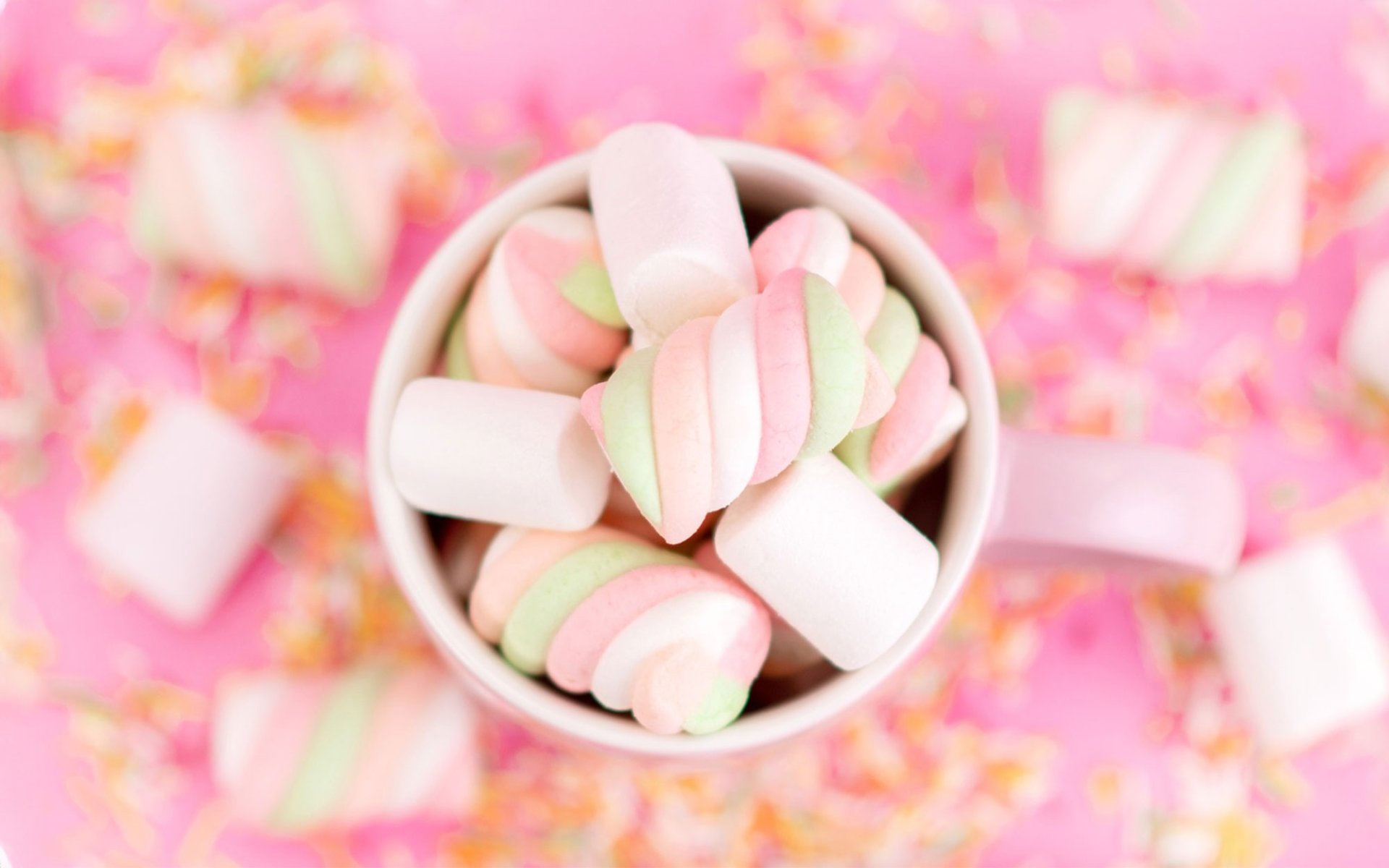Marshmallow

Despite its modern appearance, many people might not know that Marshmallow is a sweet treat with roots dating back to ancient Egypt 2,000 years ago. It is said that ancient Egyptians extracted sap from the root of the marshmallow plant (Althaea Officinalis), a native African herb, and mixed it with nuts and honey to create a remedy for sore throats and various ailments. Today, Rimping Supermarket invites you to delve into the history of this popular confection.
From Herbal Remedy to Confection: Ancient Egypt - Middle Ages
In Ancient Rome, marshmallows gained immense popularity among the upper classes. Pliny the Elder, a Roman philosopher and naturalist, documented the medicinal properties of the marshmallow plant in his writings, reflecting its high value at the time.
During the Middle Ages, Arab traders introduced marshmallow root extracts to Europe, where European apothecaries began using it in medicinal preparations. It became popular for treating digestive and respiratory ailments.
The Confectionery Revolution: 19th Century - USA
However, the marshmallow as we know it today was developed in the early 19th century by French confectioners. As the marshmallow plant became scarcer, they developed a new form of marshmallow using gelatin, egg whites, water, and sugar to create a soft, airy confection. This technique was an innovation that transformed marshmallow from a medicinal remedy into an appealing sweet treat.
Later, in the mid-19th century, marshmallows in their confectionery form were introduced in the United States. During this period, marshmallow production saw further development when Doumak revolutionized the marshmallow manufacturing process by inventing the Extrusion process. This involved forcing marshmallow through a dye into long ropes, which were then cut into small pieces and packaged for sale.
This revolution significantly reduced production costs, making marshmallows affordable and accessible to the general consumer. As a result, their popularity soared in the United States. It is said that Americans consume up to 90 million pounds, or 40,823,000 kilograms, of marshmallows per year.
Diverse Consumption Culture: 20th Century - Present
In the 20th century, marshmallows gained widespread popularity and spread globally. While consumption methods vary by country, the most popular way is to roast them over a fire and eat them with crackers or biscuits and chocolate, a treat known as Smore. This activity is very popular in the United States and Canada, first appearing in a Girl Scout camp in 1927.
Beyond S'mores, marshmallows have also become an ingredient in a variety of desserts and beverages. They are added to hot milk or hot cocoa, mixed into cereals, made into frozen marshmallows, or used to decorate cakes, ice cream, or other sweet treats. Today, marshmallows come in various shapes, sizes, and flavors, from classic white to vibrant colors, to cater to different tastes and preferences.


